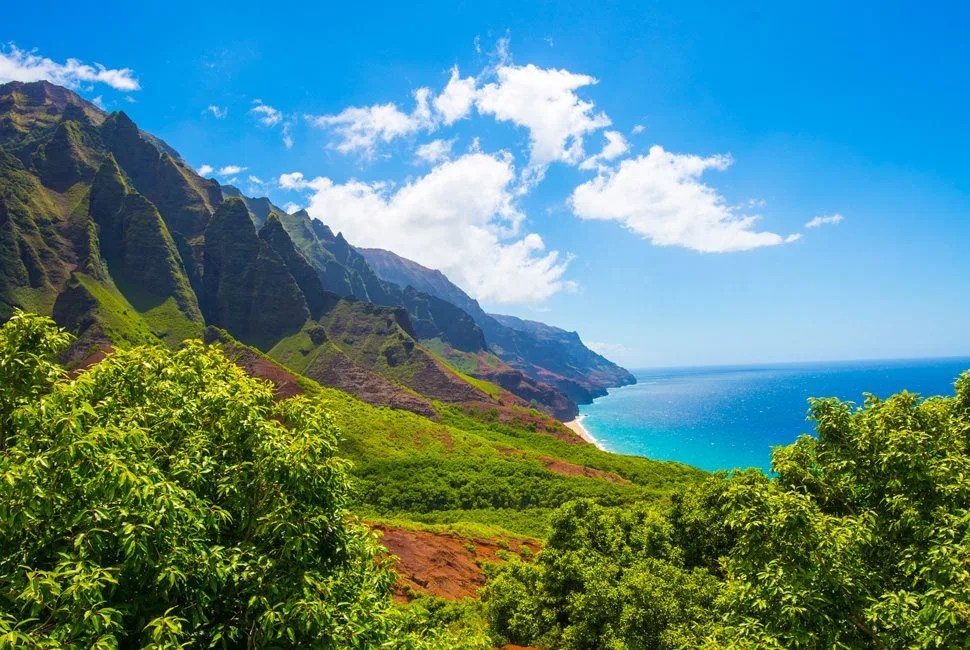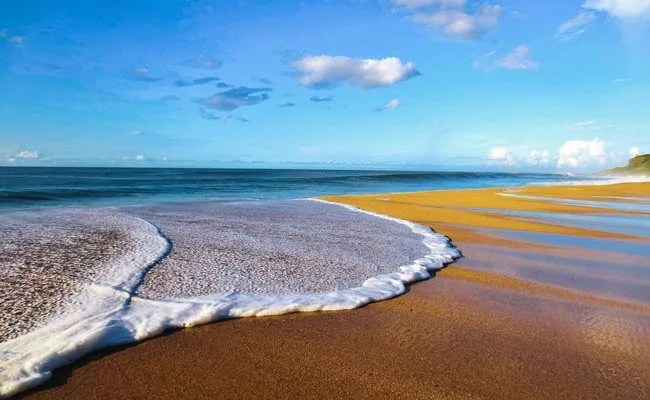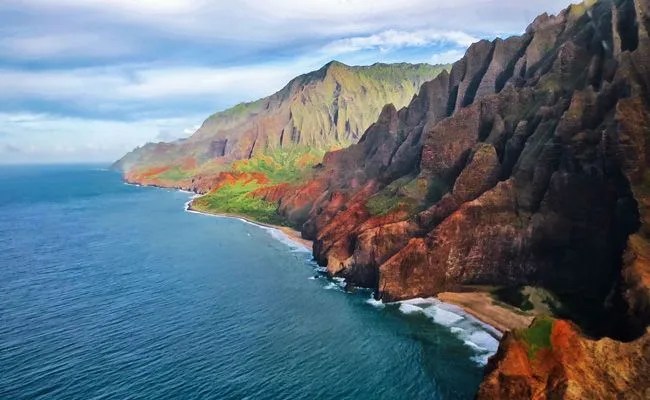Writer’s Note: A few weeks ago, as the votes were being tallied for our readers’ poll of America’s best hiking trails, I was coincidentally trekking my way along the Na Pali Coast of Kauai along the Kalalau Trail — the trail that, as it turns out, ended up winning. When I saw that, I had to smile. I was already planning on sharing my experience afterwards, but now the trip seems even more special, and it seems even more appropriate to reflect upon.
In the shuttle from the hotel to the trailhead, the driver asked me when I’d like to be picked up. I told him I was going to camp for two nights, and that I planned to hike out early Thursday morning because I had a plane to catch that afternoon. “If I’m not out by noon”, I said, “send in the troops, because I’m probably dying.” I paused to see if he would laugh. He didn’t. I kept going. “And I’ll send someone to meet you with a note if I decide to stay out there forever.”
It’s a dumb joke, for sure, but I always find it good to get people talking, even when it’s at your own expense. “That’s probably more likely”, he said, shaking his head in affirmation. That response stayed with me for the rest of the ride. It was interesting to hear him say that, mostly because I had heard that a fair number of people call Kalalau home. They’re set up in semi-permanent camps, living off the land, the tourists, and the occasional trip to civilization. I had been on lots of beautiful hikes in my life, and had never been tempted to move after any of them. I wondered: What makes this one different?
The best place to start is its physique. The Kalalau Trail is 11 miles one way, and although it starts and ends at a beach, it climbs and descends a total of 5,000 feet in elevation as it snakes its way along the coast, in and up one cove and down and out another. The resulting coastal scenery and sight lines are absolutely breathtaking, but to the pessimist, it’s uphill both ways.
It became pretty obvious why self-consciousness didn’t exist at Kalalau. There was always something more interesting to look at.
The first two miles of the hike are the most popular. There’s a pretty little place for a picnic, Hanakapiai Beach, at the two-mile marker, and flip-flop-wearing tourists with big cameras make a day of it, moseying over the rolling hills with toddlers in tow. I must admit it is one of the most rousing parts of the trail with its numerous vantage points in both directions, vegetation on the steep cliffs thick enough to make you feel safe but thin enough so as not to block any of the view. I had experienced this inspiration firsthand when I hiked the first two miles in the fall of 2013. I was so impressed that I immediately began making plans to return and complete the entire trail.
Beyond mile two, people are scarce, and it doesn’t take long to figure out why. In what feels like a toll of sorts, mile three darts straight up the cliff with a grueling series of switchbacks. Whereas before it was hard to go five minutes without seeing another human, here things thinned out considerably. I got on the trail at eight in the morning and, because I was alone and stopped only to pee, caught up to the handful of groups who had started at six or seven. I didn’t see anyone during miles four and five, but by mile six, I started to cross paths with groups returning to civilization. Some of them were women in bikini tops and some were men in Mountain Hardwear, but they were all between the ages of 20 and 40. The common refrain was that Kalalau had been “life changing”. These were, without question, a bunch of hippies, but judging by what I was already experiencing on the trail in the way of scenery, I had no choice but to believe them.


